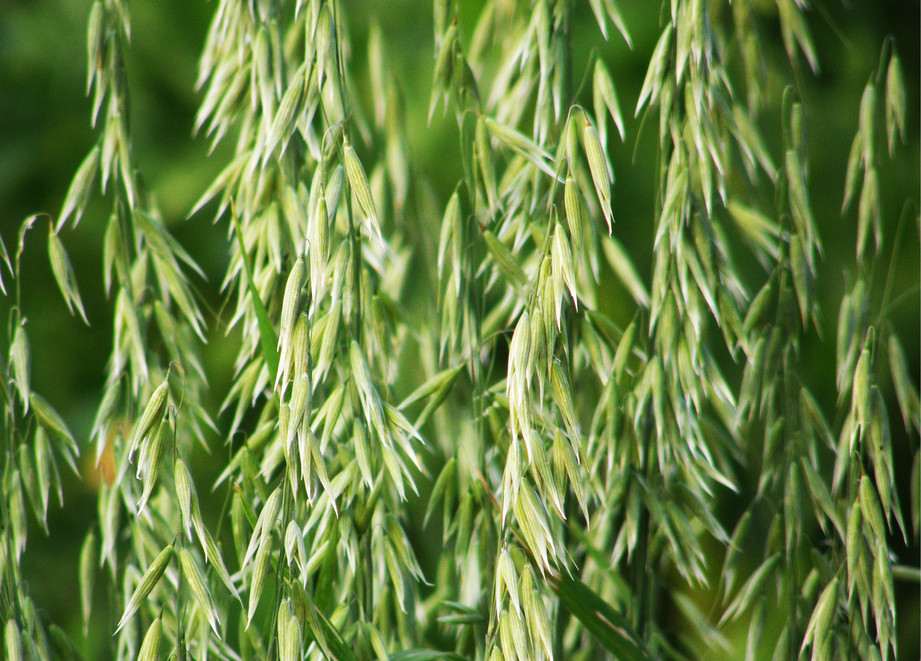
Powering-up wild oat control
The trouble with wild oats
Wild oats are one of the UK's most competitive grass weeds and, as such, need to be managed carefully to ensure adequate levels of control are achieved.
As with any weed, prevention of seed production should always be a priority: reducing infestations by rogueing is strongly advised, especially as the typical array of cultural controls which are commonly used to control weeds such as black-grass (later autumn drilling, spring cropping, ploughing, etc.) are often less effective against wild oats due to the plant’s protracted emergence and the ability of the plant’s large seeds to germinate from depths of up to 15cm.
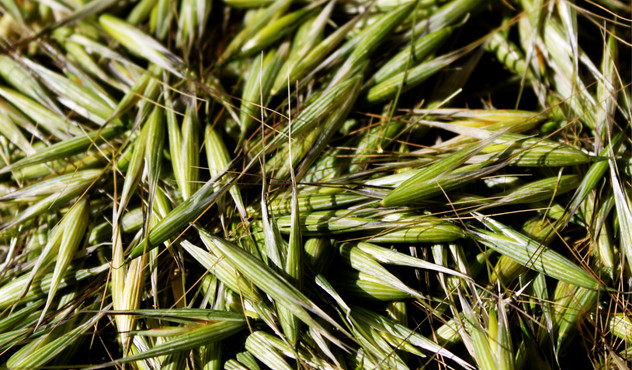
Measures to be considered
The following measures should therefore be considered:
- Map areas of wild oat infestation in June/July when plants are easily identifiable. Identify the species present (see identification guide below) to determine the best herbicide, cultivation and cropping strategy.
- Rogue or spray off heavily infested patches: this should be completed before seeds start shedding (usually from late June onwards in cereals).
- Do not rely solely on herbicides to control wild oat populations: integrate chemical control measures with non-chemical methods wherever possible.
- Prevent the spread of weed seeds by maintaining high levels of machinery hygiene.
- Spring cropping, especially if repeated for two or more years, can reduce the population of autumn-germinating winter wild oats, but can encourage spring germinating common wild oats.
- Establishing spring crops by direct drilling or with minimal soil disturbance can help to reduce the germination of wild oats.
- Wild oats are susceptible to competition, especially at early growth stages, so a strongly competitive crop will help with overall control.
- Post-emergence herbicides (e.g. ACCase inhibitors clodinafop, fenoxaprop and pinoxaden, and ALS inhibitor mixtures) usually very effective at controlling wild oats in wheat, provided all the weed seeds have emerged by the time of application. Of these, only pinoxaden can be used in barley.
- Pre-emergence herbicides used for the control of other grassweeds may give some control of wild oats, but success rates will depend on emergence patterns, with autumn applied pre-emergence treatments unlikely to control spring emerging plants.
- Inclusion of non-cereal break crops enables the use of alternative herbicides including propaquizafop, quizalofop, cycloxydim, clethodim, carbetamide (use by November 2022) and propyzamide, all of which can be used in oilseed rape.
- Be aware that the timing of herbicide applications for wild oat control may conflict with the best timing for the control of other grassweeds such as black-grass, ryegrass and bromes.
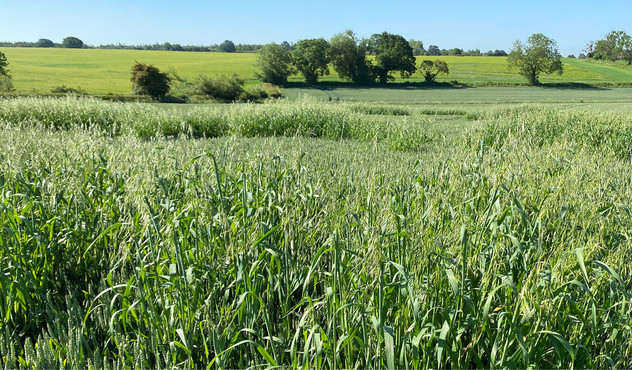
Herbicide recommendations
TOPIK
(240 g/L clodinafop-propargyl and 60 g/L cloquintocet-mexyl)
Controls wild-oats, rough meadow-grass and gives moderate control of Italian rye-grass in wheat, durum wheat and triticale.
Optimum timing:
Wild-oats from 1 leaf unfolded up to flag leaf ligule visible.
Application rates:
0.25 L/ha
0.125 L/ha plus adjuvant (methylated seed oil)
Optimum weed control is best achieved when all the wild-oats have emerged and are actively growing in good conditions.
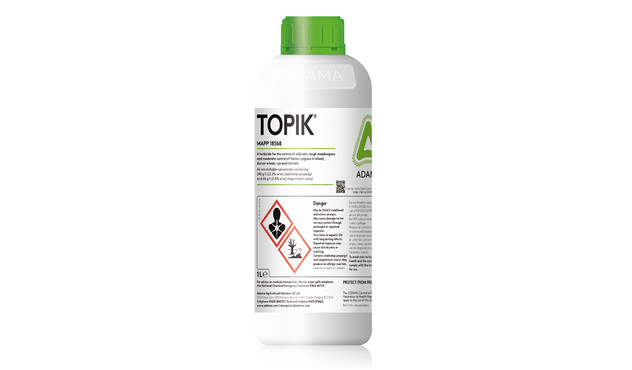
FALCON
(100g/L propaquizafop)
A foliar acting selective herbicide with systemic activity on a wide range of grass weeds and volunteer cereals. For use in potatoes, beet, oilseed rape and a wide range of broadleaved crops.
Optimum timing:
Wild oats from 2 leaves unfolded up to early tillering
Application rates:
From 2 leaves to before tillering: 0.5 L/ha
From 2 leaves to early tillering: 0.7 to 1.0 L/ha
Use the highest dose specified if weeds are beyond the optimum growth stage or under the following conditions:
- Poor growing conditions (cool temperatures, dry soil)
- Over-wintered weeds
- Severe weed infestations especially in non-competitive crops (sugar beet, bulb onions, thin crops of oilseed rape)
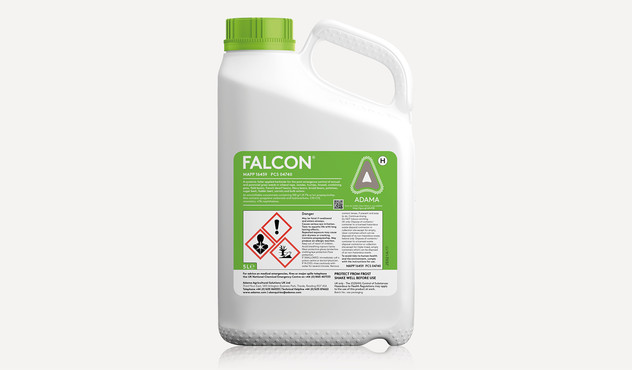
RESISTANCE WARNING
To ensure the current arsenal of herbicides remains effective against wild oats, it is essential that crop protection programmes follow a few simple rules to minimise the risk of plant populations becoming resistant to 'at-risk' modes of action.
ACCase inhibitor active ingredients (classified by the Herbicide Resistance Action Committee as 'Group A' products) should only be used as part of a resistance management strategy that also includes cultural control methods (and therefore doesn't rely solely on the use of ACCase inhibitors as the sole method of grass weed control).
Where ACCase inhibitors are being used, they should only be used once per season: applying a second product containing an ACCase inhibitor will increase the risk of resistance developing. A second ACCase inhibitor should only be used to control different weed species are a different timing.
Strains of some annual grasses (including wild oats and Italian ryegrass) have already developed resistance to some herbicides: where this is suspected it is recommended that seed samples are sent for testing to fully understand the extent of the issue and so that an appropriate crop protection programme can be put in place.
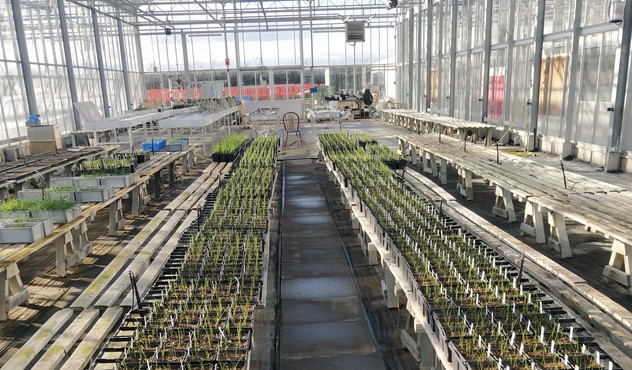
Herbicide application accuracy
The efficacy of wild-oat herbicides is complicated by the vigorous spring growth rates of commercial crops which can produce a canopy which shields the emerging wild-oats from spray treatments. Competing spray requirements in the spring also puts additional pressure on spray workloads, with growers often opting to apply a lower water volume at a high forward speed in order to cover more ground within a specific window of opportunity.
In order to maximise the biological efficacy of products such as Topik (240 g/L clodinafop-propargyl and 60 g/L cloquintocet-mexyl), application accuracy is absolutely essential: whilst it is possible to reduce the water volume of early spring applications (before GS31 when weed targets are small and not protected by a crop canopy), later applications (at GS31-41 when the crop canopy is more developed) must be made with a higher volume of water. Forward operating speed (max. 12kph) and nozzle choice are also essential at this later timing.
| Early spring applications (before GS31) | Late spring applications (GS31-41) |
|---|---|
| Water volume: 100 L/ha | Water volume: 200 L/ha |
| Maximum speed: 12 kph | Maximum speed: 12 kph |
| Nozzle: angled 3D nozzle | Nozzle: angled 3D90 nozzle |
| Boom height: 50cm | Boom height: 50cm |
At both timings, Topik will be most beneficial if applied during good growing conditions as this promotes movement of the active in the plant to the meristem where it has the most effect. In 2021, the cold and dry spring conditions had a negative impact on the efficacy of all ACCase herbicides even when applied at the optimum timing for wild-oat activity. In order to mitigate this effect, larger weeds should be targeted with a higher rate of Topik applied without an adjuvant (the lack of an adjuvant is less of a concern when Topik is applied in a mix with other products that contain surfactants and which will aid leaf wetting).
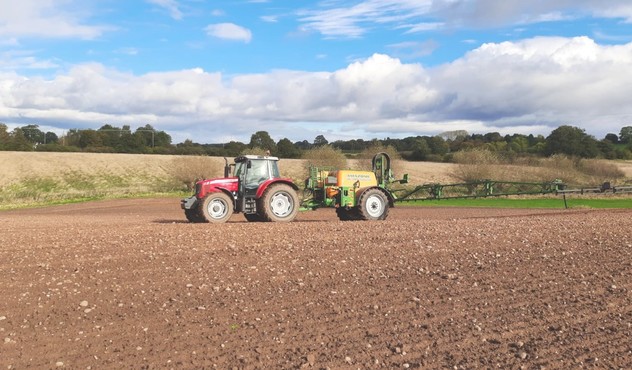
Why does identification of species matter?
Seedling emergence patterns and winter hardiness differ between the two species, so correct identification can help in herbicide decision-making: as a general rule, Avena sterilis ssp. ludoviciana is considered the more challenging species to control thanks to its autumn germinating habit which means plants are bigger and more established than Aventa fatua when spring herbicides are applied.
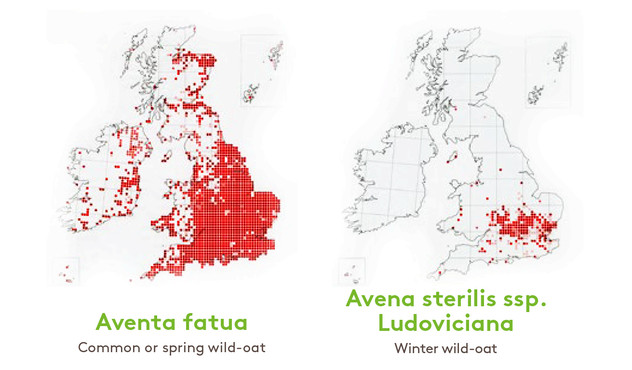
Species
Avena fatua – common or spring wild-oat
- Occurs throughout England but is also found more sporadically in Scotland and Wales
- 55% overall UK coverage
- Germinates mainly in the spring (March/April) but with a variable and sometimes considerable amount of autumn germination (mainly in September/October).
Avena sterilis ssp. ludoviciana – winter wild-oat
- Less common and mainly found within 50-100 miles of Oxford where it was first recorded in the wild in 1910
- 10% overall UK coverage
- Probably under-reported due to confusion with Avena fatua
- Germinates mainly in the autumn and winter (from October to early March) and is more tolerant of freezing conditions than Avena fatua.
Identification at the vegetative
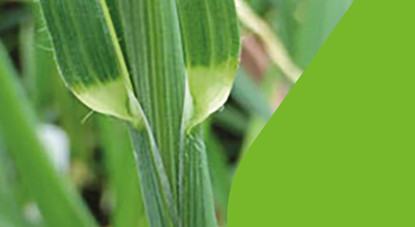
Wild-oats/oats
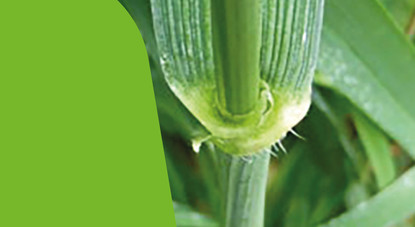
Wheat
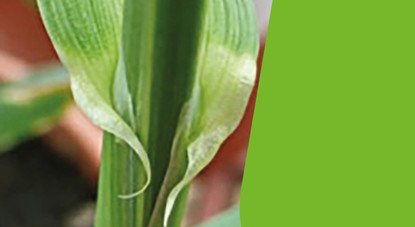
Barley
Wild oats can also be identified by their leaves which twist in opposite directions.
The lower half of leaves of wild-oats (and cultivated oats) tend to twist anti-clockwise when viewed from above (but note the leaf tips often twist clockwise) . In contrast, wheat and barley leaves tend to twist clockwise when viewed from above.
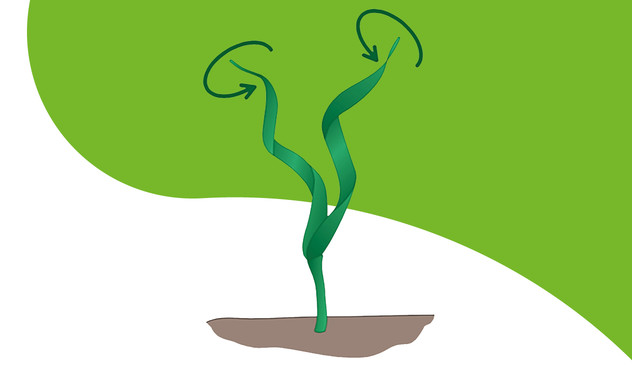
Identification after panicles have emerged
Two features make it easy to identify the two species of wild-oats after their panicles have emerged:
1. The presence or absence of an awn on the third seed in a spikelet:
- The first and second seeds in the spikelets of both species are always awned.
- A fully developed 3rd seed is often not present – look at the biggest spikelets on the biggest plants to increase the chances of success.
- The presence or absence of awns can often be assessed on vestigial (not fully developed) seeds (see second photo above).
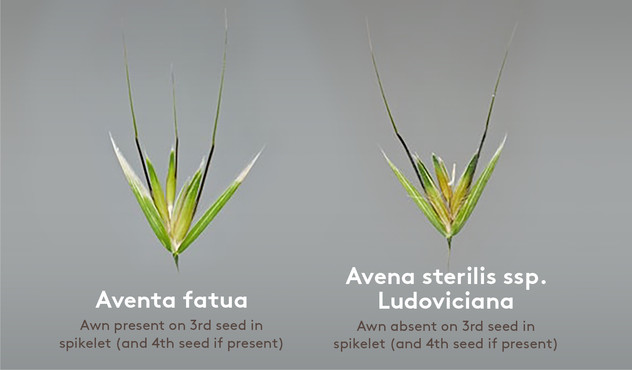
2. Whether seeds remain attached to each other or separate at shedding:
- The best time for this assessment in wheat crops is in late July or early August when most seed shedding occurs.
- This characteristic is most easily assessed by holding panicles inside a polythene bag and shaking vigorously. Samples collected in this manner will consist almost entirely of seeds, with no stalks, chaff or other debris.
- Unripe seeds of both species will tend to remain attached together, so this identification method is less suitable for use prior to seed shedding.
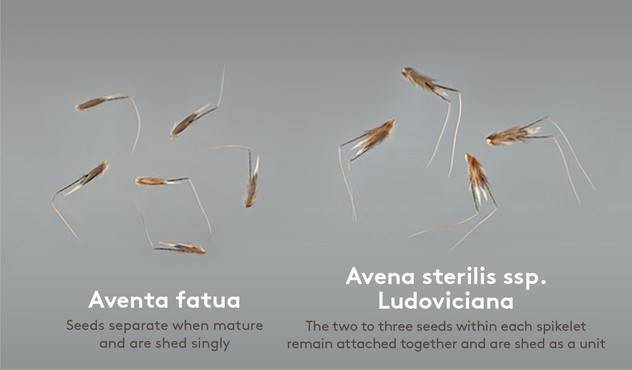
Acknowledgements
More Information
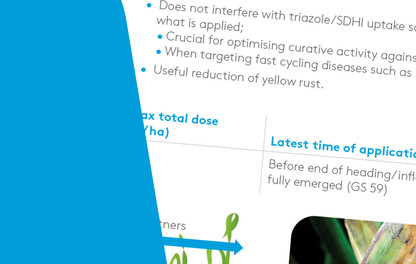
Seasonal updates
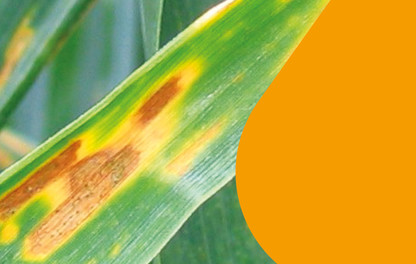
Wheat disease control
